What’s supporting gold prices near $3,400 despite a stronger US dollar?
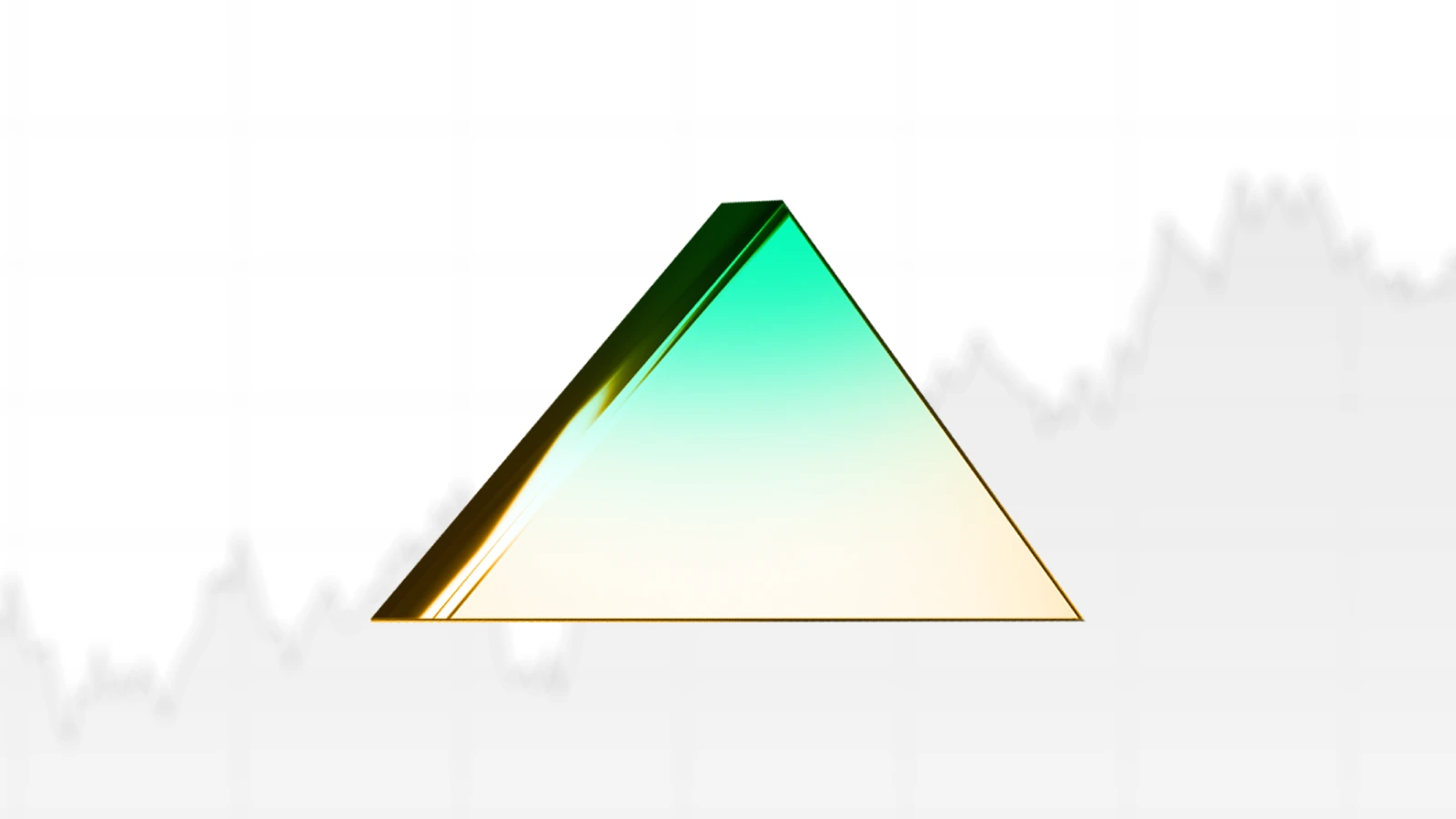
According to analysts, safe-haven demand amid escalating global trade tensions, renewed expectations of aggressive Federal Reserve rate cuts, and supply disruptions triggered by new US tariffs on gold imports are driving the divergence between the two. While the dollar typically pressures gold to the downside, current macro and political conditions are shifting the balance.
Key takeaways
- Gold prices hover near $3,400, supported by safe-haven flows and persistent macro uncertainty, despite a modest US dollar rebound.
- US tariff measures now include one-kilo gold bars, impacting global bullion trade - particularly from Switzerland, the world’s largest gold refining hub.
- Fed rate cut expectations surged after weak jobs data, with markets now pricing in a 89.4% probability of a 25bps cut in September and 100bps total by early 2026.
- Physical gold demand remains robust, with China’s central bank adding to reserves for a ninth consecutive month and ETF inflows holding steady.
- Concerns over Fed independence have grown after Trump nominated economist Stephen Miran and continues floating replacements for Chair Jerome Powell.
Gold Safe-haven demand drives stability near $3,400
Rising geopolitical tensions and renewed trade disputes are reinforcing gold’s role as a risk hedge. The US administration’s aggressive tariff strategy - including a 100% levy on imported semiconductors and new 25–50% duties targeting China, India, and potentially Japan - has reintroduced uncertainty into global markets.
The inclusion of gold in this tariff sweep, specifically targeting one-kilo bars, is especially significant. Switzerland, the world’s largest gold refining hub, is directly affected. Disruptions to physical gold supply chains are already being reflected in futures markets.
Meanwhile, regional instability is adding to the safe-haven narrative. Israeli Prime Minister Benjamin Netanyahu’s announcement of a potential military takeover of Gaza is fuelling broader geopolitical concern. This, paired with global trade frictions, is keeping investor demand for gold elevated - even in the face of a stronger dollar.
Fed policy expectations soften the dollar’s edge
While the US dollar has stabilised after a two-week decline, its strength remains capped by dovish expectations for the Federal Reserve. The CME FedWatch Tool shows a 89.4% probability of a 25 basis point rate cut in September, with the market now anticipating a full percentage point of easing by early 2026.
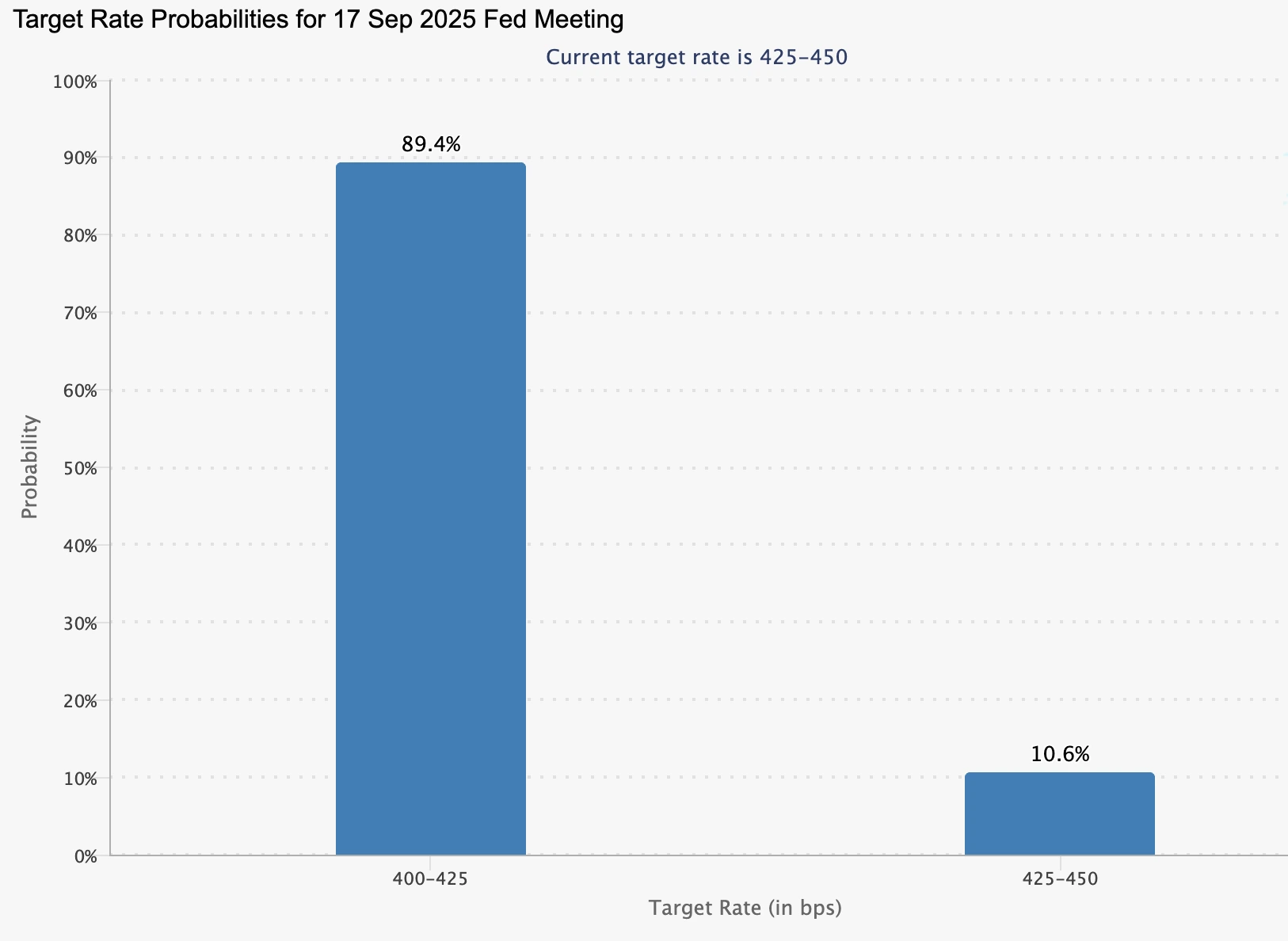
These expectations have grown following a stream of weaker labour market data, including a one-month high in jobless claims and downward revisions to nonfarm payrolls.
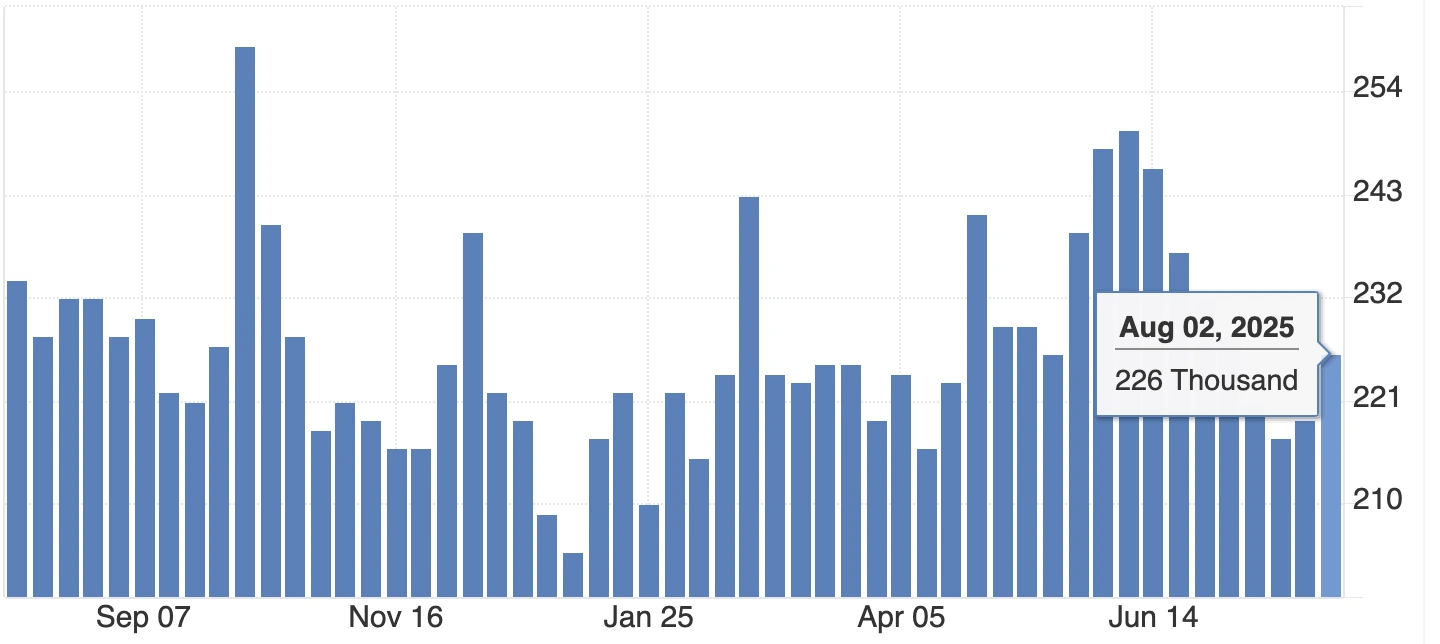
The credibility of the Fed has also come under scrutiny. President Trump’s nomination of Stephen Miran to the Board of Governors and his public calls to replace Chair Jerome Powell have sparked concern about central bank independence. Traders appear increasingly sceptical that the Fed will be able to maintain a hawkish posture in the face of political pressure and deteriorating macro conditions - a dynamic that supports gold.
Physical market frictions reinforce structural support
Tariffs on physical gold imports are not just symbolic - they could reshape global bullion flows according to analysts. Customs documents confirm the US has placed new levies on one-kilo gold bars, a format widely used by institutions and refiners. This reportedly has immediate implications for exports from Switzerland and London, where most global bars are processed and shipped. The resulting uncertainty is feeding into price stability and could limit downside in the near term.
Gold central bank buying
Central bank demand remains robust. China’s central bank continued its gold accumulation for a ninth consecutive month in July, and while overall official sector purchases have moderated since Q1, they remain above long-term averages.
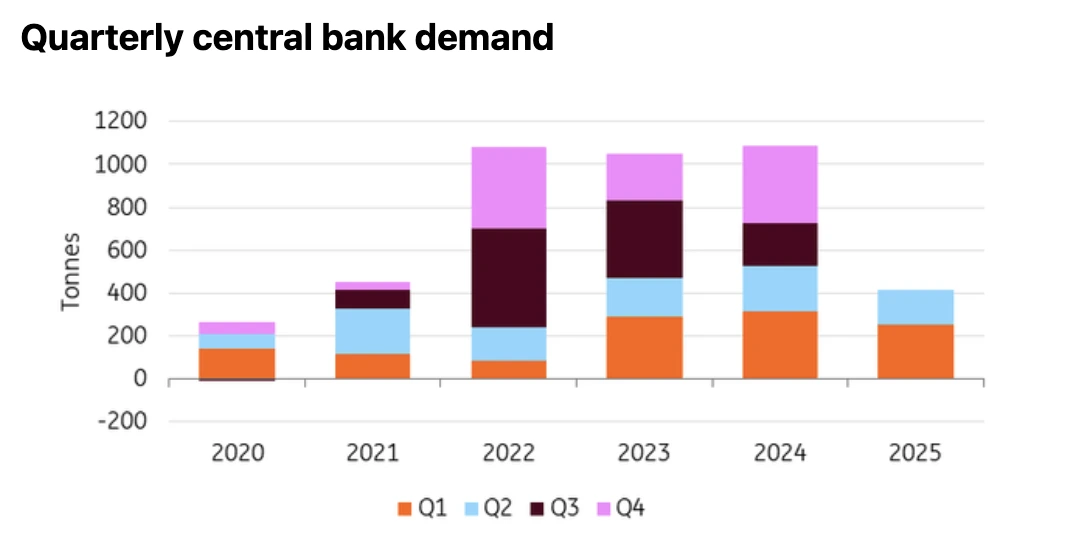
This steady baseline demand, combined with renewed investor flows into ETFs, adds a layer of resilience to spot and futures pricing.
Gold technical analysis 2025: Bulls hold - but sellers test the zone
At the time of writing, gold is seeing some retreat within a known sell-zone - hinting that we could be in for a further downturn. However, volume bars paint a picture of dominant buy pressure, with sellers yet to push back with enough conviction.
If sell momentum doesn’t pick up soon, we could see a renewed price uptick. Should an uptick occur, prices could encounter resistance at the $3,440 level. On the downside, any deeper pullback may find support at $3,265 and $3,185, levels that traders will be watching closely for signs of renewed accumulation.
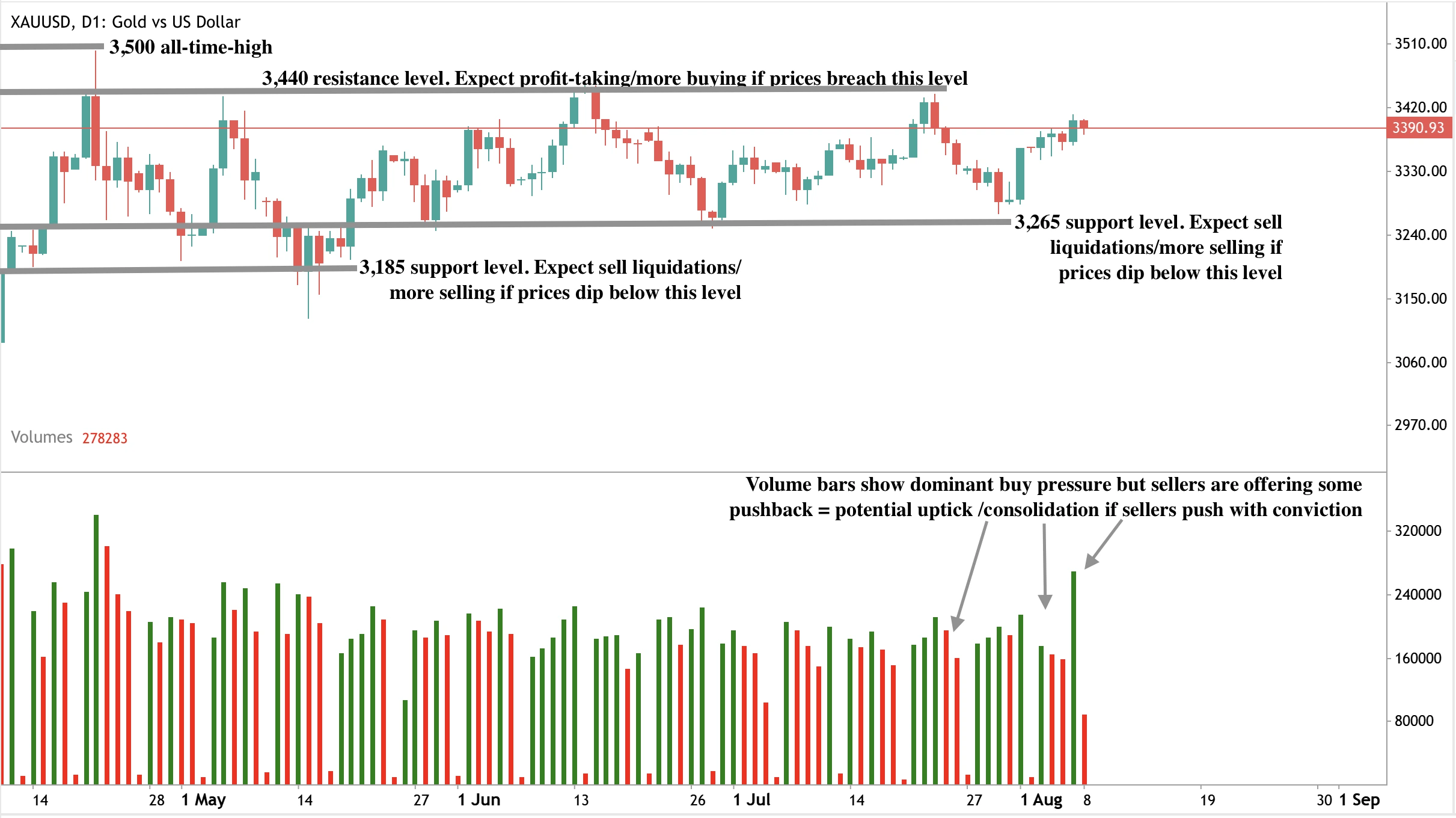
This setup suggests that while sellers are testing the market, the broader bullish sentiment is still intact - leaving the door open for potential upside if the sell zone doesn’t hold.
Investment implications
Gold’s ability to hold near $3,400 despite a firmer dollar signals a macro-driven bullish setup. With global supply under pressure, central bank demand steady, and Fed rate cuts expected soon, the case for further upside remains strong.
Traders should look for direction from next week’s US CPI data, upcoming Fed speeches, and any further tariff escalations. A decisive breakout above $3,400 could confirm a bullish continuation toward $3,440–$3,500, while dips toward $3,265 or $3,185 may offer accumulation opportunities.
According to analysts, gold’s resurgence is no longer just a defensive move - it’s becoming a strategic allocation in an increasingly unstable macro environment.
Trade the next moves of gold with a Deriv MT5 account today.
Frequently asked questions
Why is gold rising while the dollar is strengthening?
Typically, a stronger dollar weighs on gold, but current conditions - including Fed rate cut bets, trade disruptions, and geopolitical risks - are boosting safe-haven demand and offsetting currency headwinds.
What are the main macro factors behind gold’s strength?
Aggressive tariff policy, slowing US economic data, expectations of monetary easing, and central bank gold buying are all contributing to gold’s resilience.
How do tariffs affect gold prices directly?
Tariffs on gold bars restrict supply chains and increase costs, especially when they target large-scale exporters like Switzerland. This adds upward pressure to bullion prices.
What role does Fed uncertainty play?
Concerns about the Fed's politicisation, combined with a dovish shift in expectations, are weakening confidence in the dollar’s long-term strength - a net positive for gold.
Disclaimer:
The performance figures quoted are not a guarantee of future performance.



